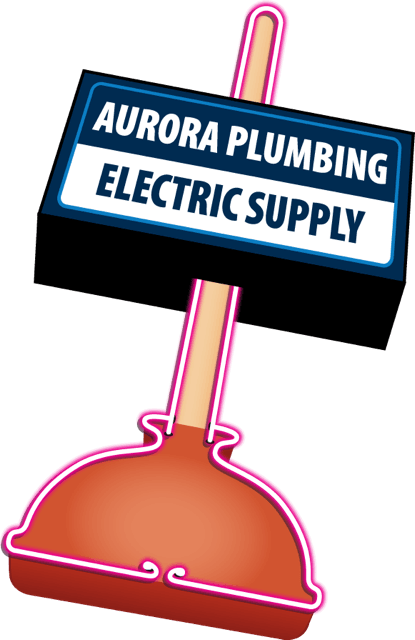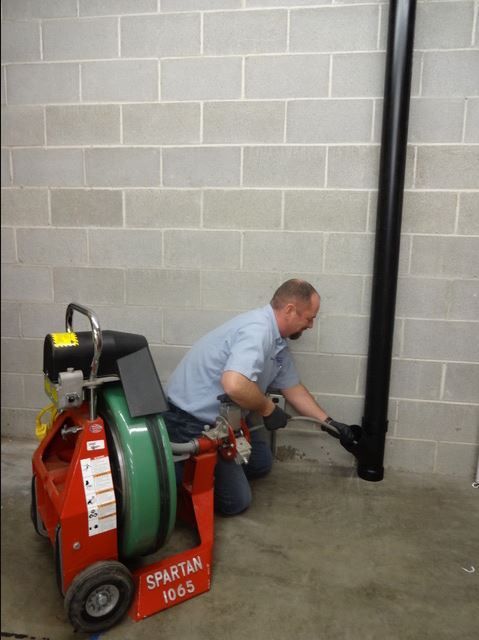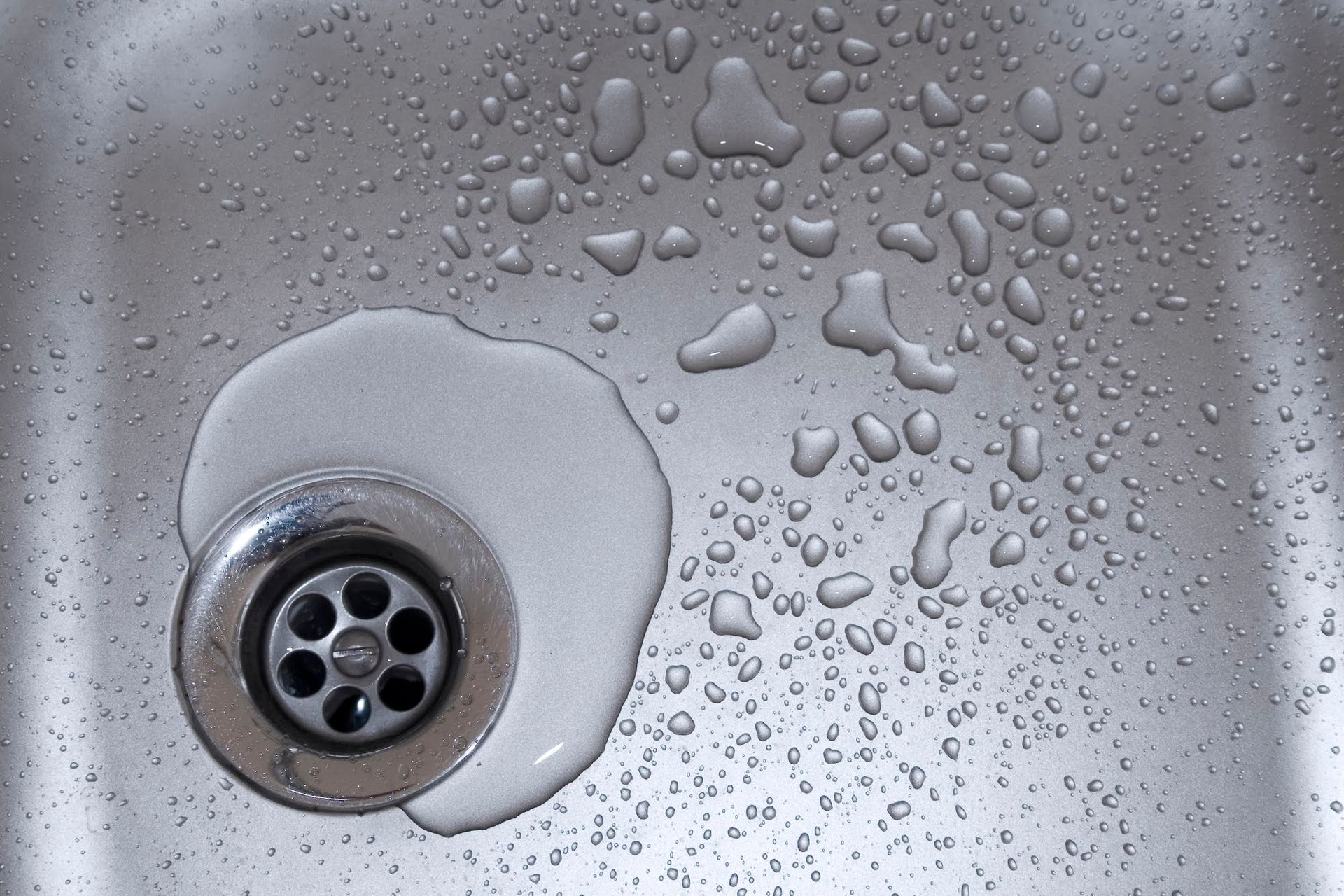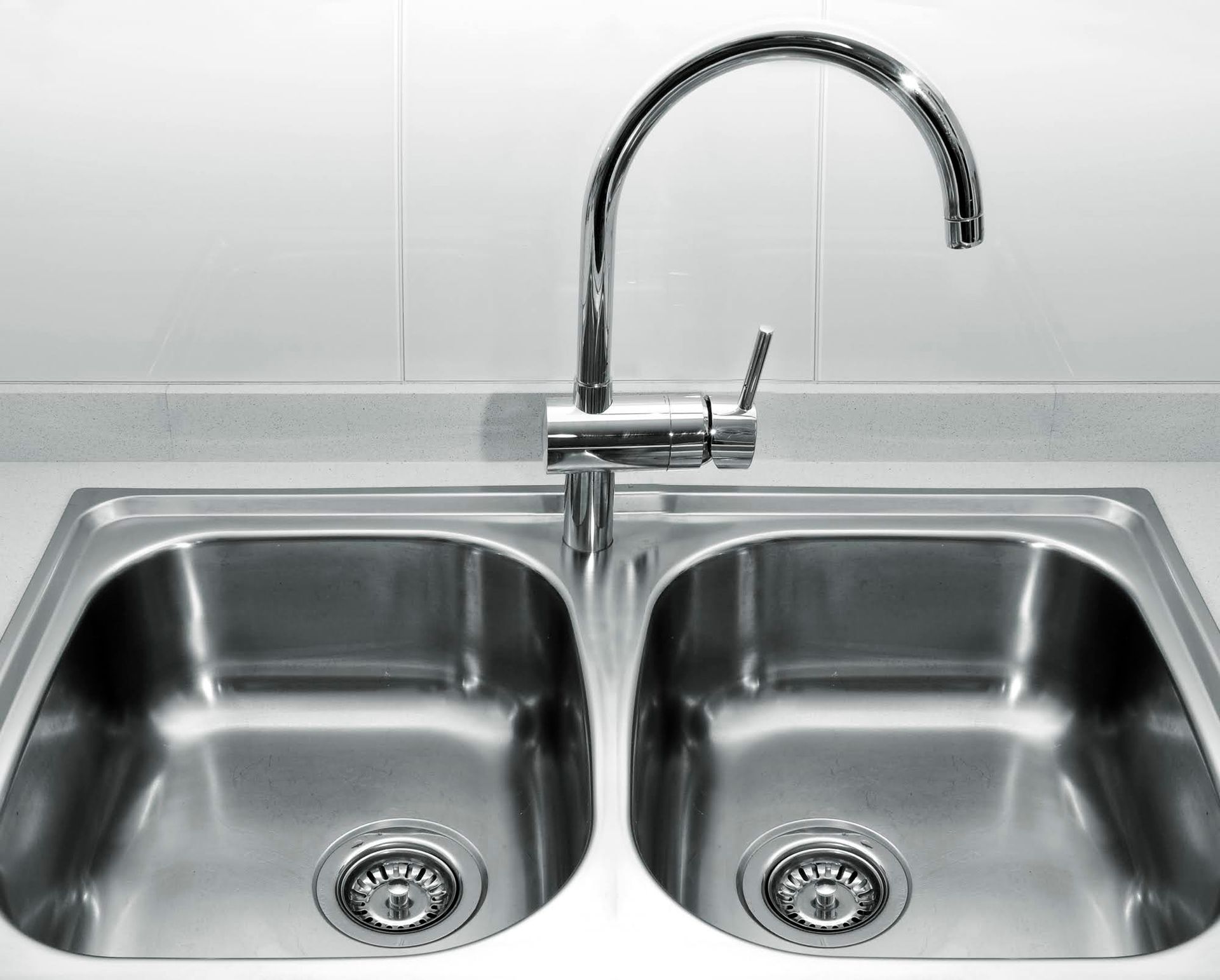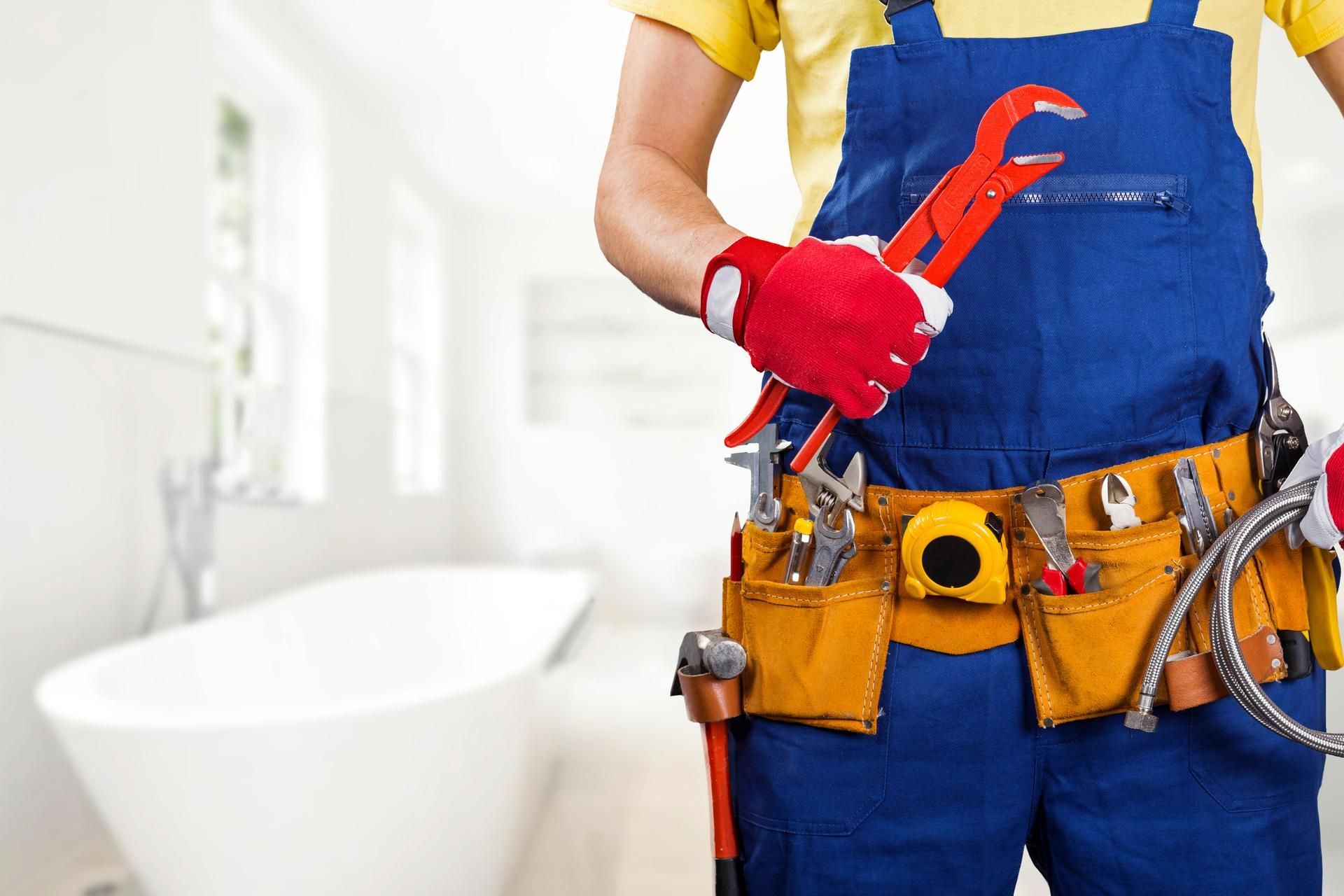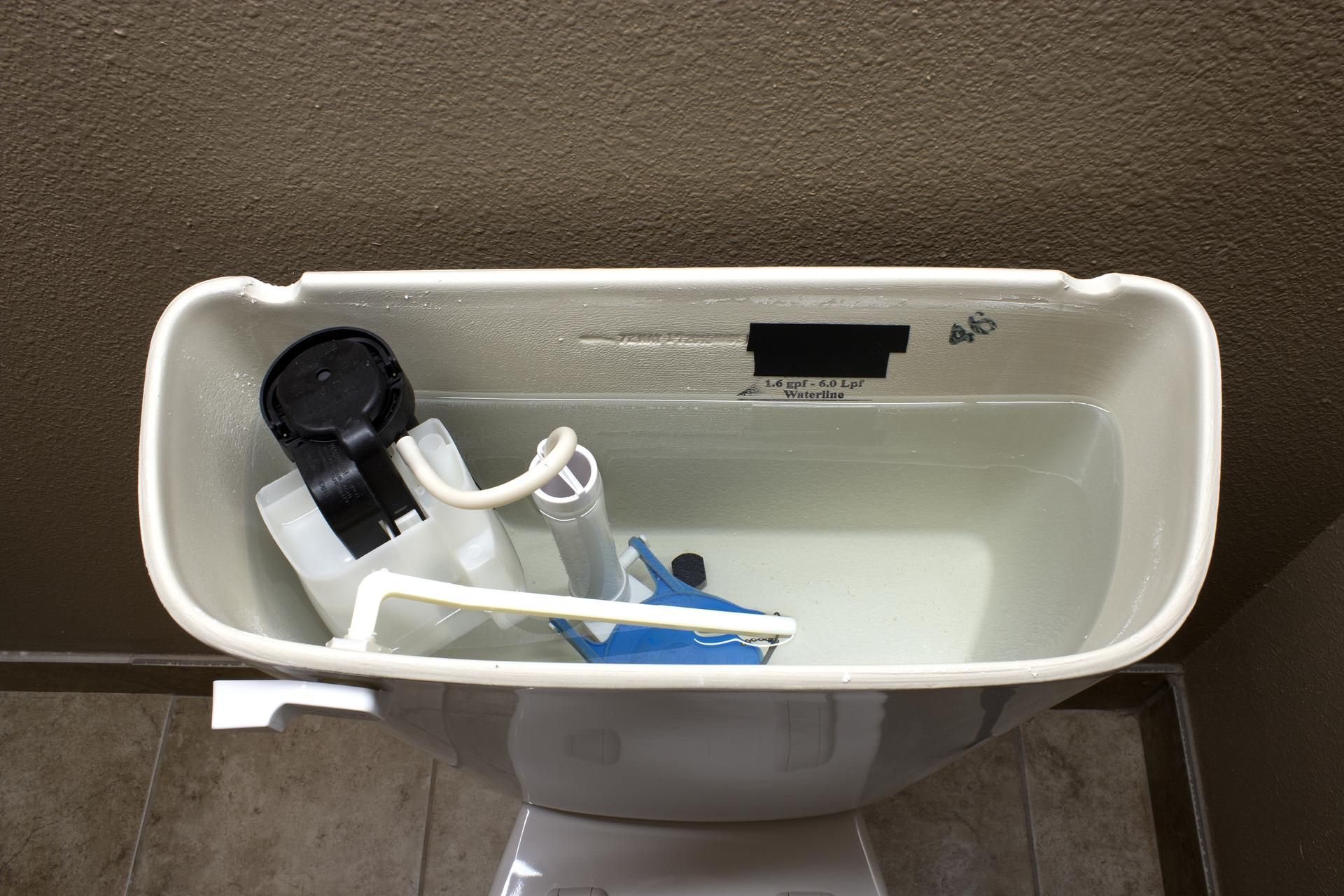How Do Trees Affect the Sewer Line? What to Know
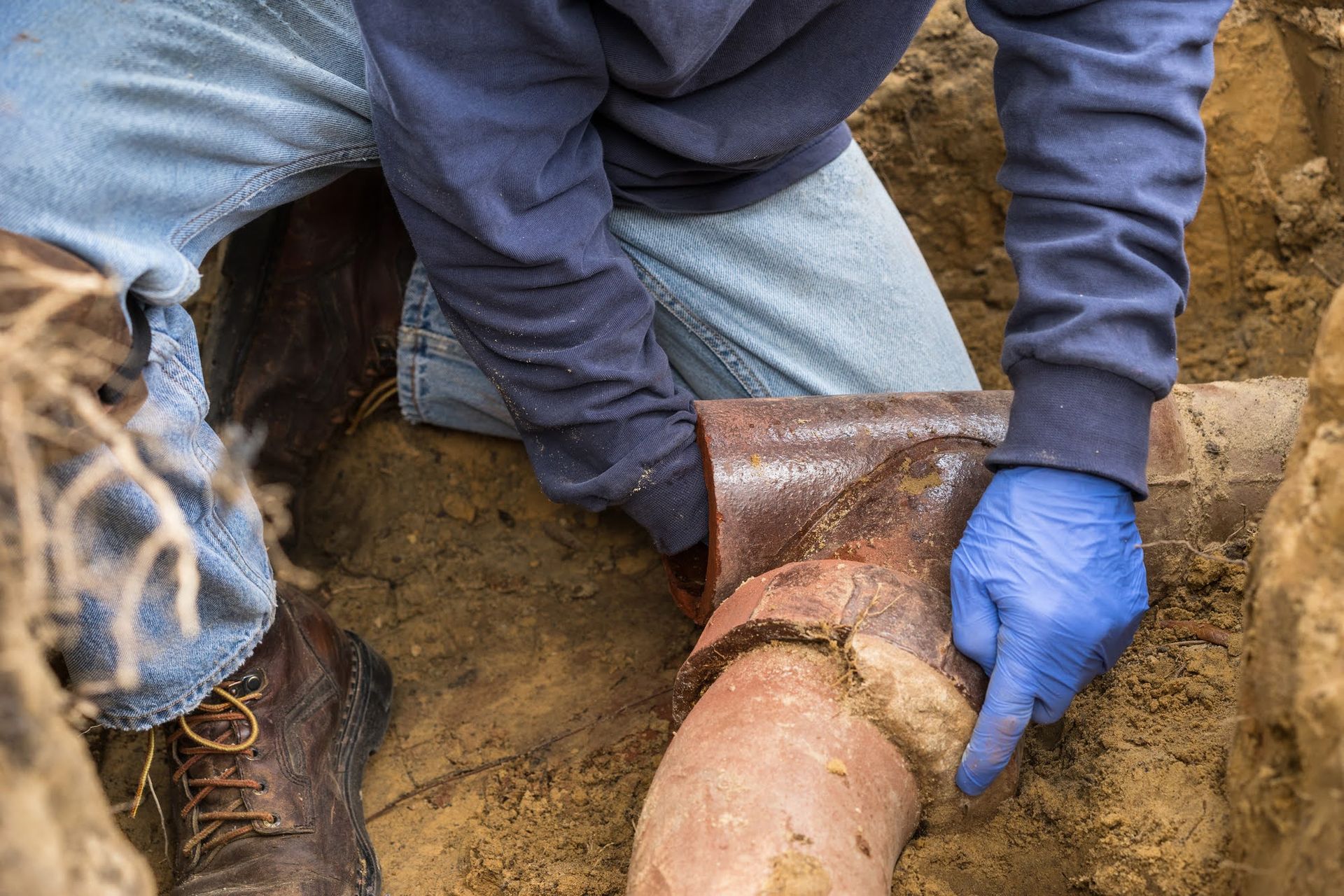
Trees are a great addition to your home. Trees improve the scenery of your property, give you shade, and ensure better air quality.
However, if you are not careful, trees can quickly wreak havoc on your sewer line. So, how do you enjoy the benefits of having trees while protecting your sewer line? This blog explains what to know to help you make sound choices.
Signs of Tree Damage to Your Sewer Line
Tree roots are often the culprits that cause damage to your sewer line. Learn some apparent indicators that tree roots have found their way to the sewer line.
Odd Sounds From the Drains
When tree roots penetrate the sewer line, the roots cause a blockage that restricts proper water flow. Consequently, you may notice gurgling sounds as the water tries to flow through the blocked line.
Slow Sink and Shower Drainage
If your sink or shower suddenly drains slower than usual, that is a surefire sign that something has hindered smooth wastewater flow. And while numerous factors can cause this issue, tree roots are among the top suspects.
The problem may not be readily noticeable initially, but the water flow and pressure changes are more evident as the roots grow.
Unpleasant Smells From the Drains
Tree roots trap waste, sludge, and debris accumulating in the pipe. Over time, the waste emits a nasty smell that backs up your home through the sewers.
Wet Spots on the Lawn
In severe cases, tree roots cause extensive cracks in the pipes. Cracks allow wastewater to seep out of the sewer line and create wet spots on your lawn.
Toilet Flushing Problems
Tree roots that block the sewer line often interfere with toilet flushing. The toilet starts to back up, and you may notice waste even after flushing.
Trees to Keep Away from the Sewer Line
Tree roots grow toward the sewer line in search of water and nutrients. Nonetheless, some trees are more aggressive or grow faster than others. Some of these trees include:
- Willows
- Cottonwoods
- Silver maples
- Figs
On the other hand, some trees are safe to have near your sewer lines. These are slow-growing trees and include:
- Japanese maple
- Gingko
- Smoke
- Serviceberry
By identifying what trees to keep away from your sewer line, you can enjoy the benefits of having trees and not worry about damaged sewer lines.
Tips to Mitigate Sewer Line Damage
Apart from knowing which tree to plant, learn some additional tips for protecting your sewer line.
Watch the Distance
Keep tree roots away from the sewer line by planting trees far from the pipes. A safe distance is about 10 feet or more from the sewer line.
If you’re unsure of where to plant your trees, consult a reliable local utility professional to locate the sewer line. This step will save you from miscalculating and planting your trees too close to the line.
Monitor the Condition of the Sewer
Old and damaged sewer lines are more susceptible to tree root damage. Such pipes are weak and can easily face infiltration by tree roots. Also, the pipes are likely to have existing cracks, which give tree roots an easy entry point.
To protect your sewer line, let experts inspect it regularly to spot signs of wear. Early detection and repair can save you from extensive water damage and costly repairs.
Things to Do If You Already Have a Damaged Sewer Line
Contact a qualified local plumber immediately if you identify and confirm signs of tree root damage to your sewer line. The professional will inspect the sewer line to locate the exact location of the problem.
The expert will either remove the tree roots or replace the damaged segments of the sewer line. In some cases, trenchless technology may be handy for repairing the line with minimal disruption.
Aurora Plumbing and Electric is your trusted plumbing partner for sewer line inspection, maintenance, and repairs. Contact us for a consultation.

